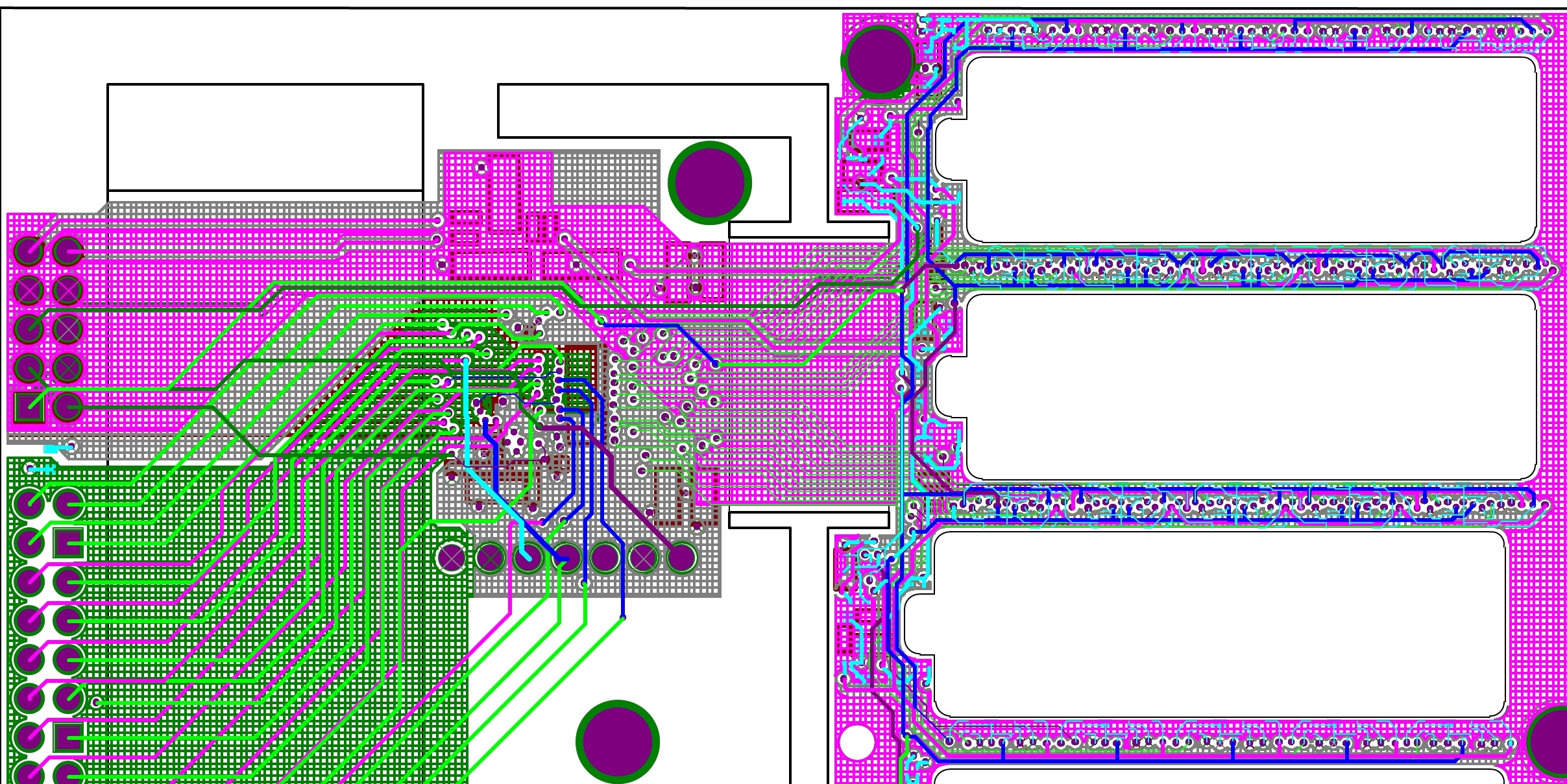High Energy Rapid Modular Ensemble of Satellites: a constellation of small satellites to probe the Space-Time structure
HERMES is a multi-nanosatellite project dedicated to the study of high energy astrophysical events of short duration (up to one second), generally non-repetitive as the Gamma-Ray Bursts , the possible electromagnetic counterparts of gravitational waves and the possible high energy counterparts of Fast Radio Bursts. The nanosatellites will have dimension of 10x10x30 cm and a mass of 10 kg.
An event of a fraction of a second can be located in the sky with a precision lower than a degree due to the high temporal resolution of the single detectors and the presence of a set of independent detectors. HERMES can be expanded over the years thanks to the modularity of the system, adding other satellites in orbit, allowing to reach areas of several square meters.
At the moment (2019), the realization of five nanosatellites has been financed: two by the Italian Space Agency (HERMES Technology Pathfinder) and three by the European Commission within the Horizon 2020 call (HERMES Scientific Pathfinder).
IASF Milano has the responsibility to design and build the satellite frontend boards, which contains the Silicon Drift Detector (SDD) and the signal preamplifiers in CMOS technology.

